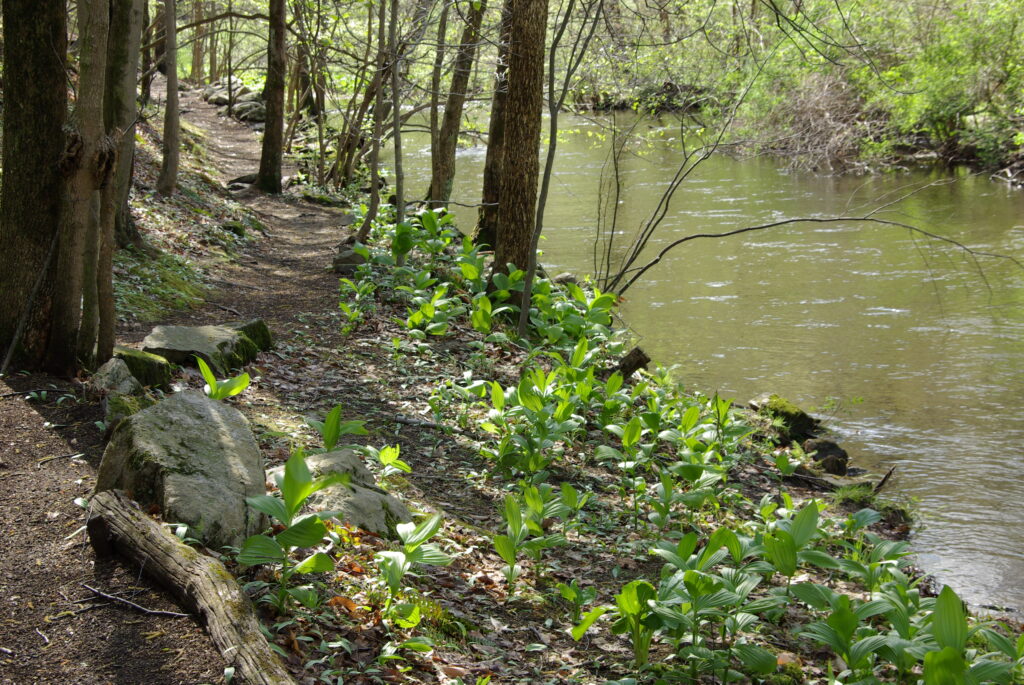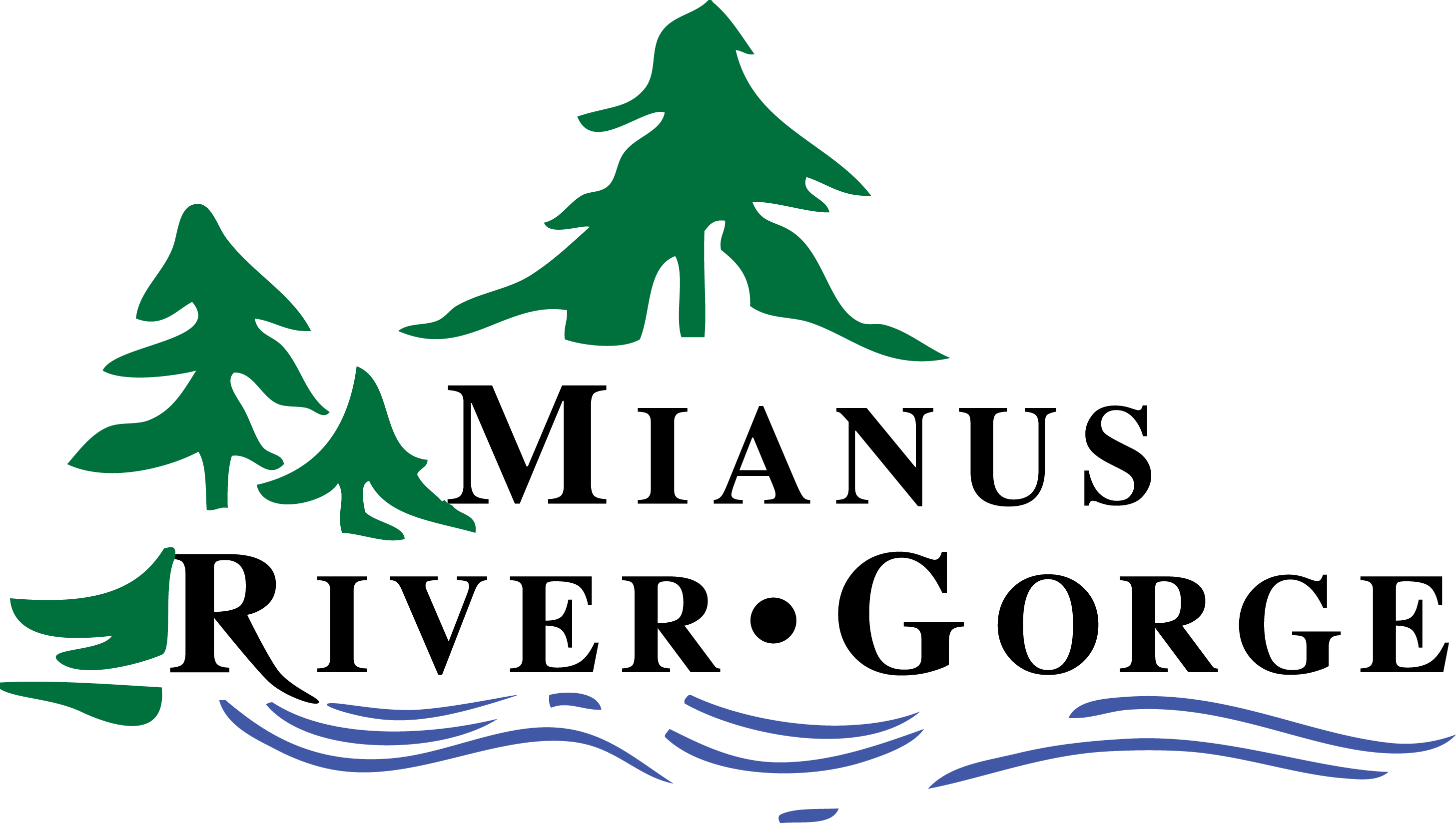
Wildlife Tech Class of 2015
Pleasantville High School
Mentors: Chris Nagy (MRG) and Sheila Saia (Cornell University)
Project: Aquatic macroinvertebrate diversity upstream and downstream of three road runoff entry points.
Project Status: Completed
Project Description: Stormwater runoff from roads into waterways can alter water chemistry and greatly reduce water quality. The spotty nature of these runoff inputs can make monitoring water chemistry ineffective in detecting chemical changes — chemistry can vary greatly day-to-day and water can be relatively clean in a sample taken on a given day but may experience dangerous surges of pollutants during or after storms and seasonal changes. Looking for aquatic bioindicators — sensitive species that will not be able to survive in low quality water — is often an easier and more reliable way. To survive at a location, an animal must be able to tolerate the local water conditions continuously through its life cycle; thus, the presence of sensitive species at a site is a better indicator of long-term water quality than a time-sensitive chemical or environmental measurement.
To estimate the impact of stormwater runoff from roads and to determine whether installed mediation systems are working I measured macroinvertebrate biodiversity upstream and downstream of three points of entry for road runoff into the Mianus River in Bedford, NY. I placed 2 leaf litter bags filled with 30 grams of mixed deciduous leaves above and below the entry points into the Mianus River. Bags were collected after4 to 6 weeks and replaced with fresh ones from October 2013 to August 2014. The three sites varied in mediation installations: one had no mediation system and deposited runoff from a lightly used dirt road (“MRR”); the second was a Vortec storm drain system that collected runoff from the intersection of two town roads into the Mianus River (“Mill”); and the third was a along a major two lane state route, with a catch basin before dumping the runoff into a first order tributary to the Mianus River (“PB”). After pulling the bags and freezing them I examined the bags for macroinvertebrates and sorted them by taxonomic order and family. I then compared the amount and types of macroinvertebrates between the up and downstream sites. I used Stream Biotic Index (SBI) to grade each site. I found that all sites were “excellent” or “good (SBI <3.75; lower SBI indicates better water quality);” however all downstream SBI’s had poorer water quality than the corresponding upstream bag. The the Mill site was the worst site with a SBI of 4.5 downstream and 2.6 upstream and the largest difference between biotic indexes up and down stream, despite its Vortec mediation system. This indicates that the Vortec system should be cleaned, the drain system is not working properly, or is not appropriate for this site.
